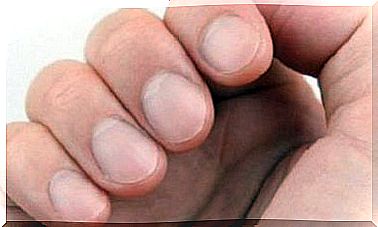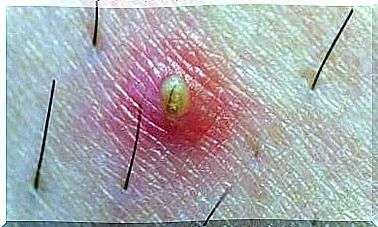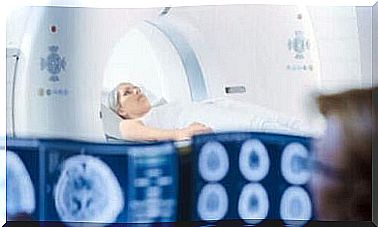How To Respond When Someone Has A Sudden Cardiac Arrest
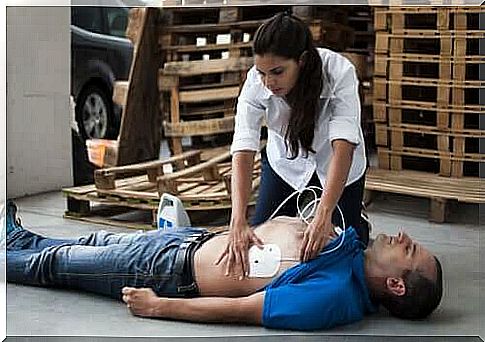
A sudden cardiac arrest is a situation where a person’s breathing and blood circulation stops abruptly. It is a critical moment that puts the life of the person who experiences it in danger. However, it is potentially reversible if properly cared for.
What does “potentially reversible” mean?
Well, that you can really help a person if you take quick, right action.
However, it is important to note that this is not like in the movies, so suddenly cardiac arrest is surrounded by all sorts of myths. In fiction, the person suddenly wakes up as if nothing has happened after someone has performed CPR. This is a pretty big deviation from reality. A person will normally only regain consciousness through electrical stimulation of the heart in a real situation.
Thus, you can really be helpful if you know how to act in this case. Continue reading this article to learn some tips on what to do in case of a sudden cardiac arrest.
It is important to know how to respond when someone has a sudden cardiac arrest
Both blood circulation and breathing stop when a person has a sudden cardiac arrest. What this means is that oxygen does not reach all parts of the body. Unfortunately, the brain will suffer severe damage if this situation lasts longer than six to eight minutes.
That is why it is so important to implement rapid measures as 80% of cases occur outside the health environment. In fact, almost 60% occur in the person’s own home. So far, estimates suggest that only six out of 100 people know what to do in this situation.
Those who have a sudden cardiac arrest need basic life support. In other words , it is about replacing the functions the person has lost by taking some simple measures.
The goal here is to maintain the flow of oxygen and blood circulation until professional health care arrives. They will then stimulate the heart again to try to start it.
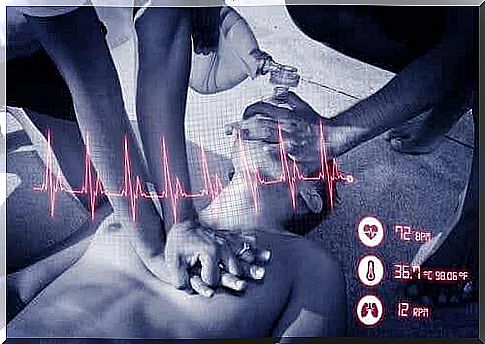
What should I do in the event of a sudden cardiac arrest?
The first thing you need to do is know how to recognize this situation. When you find an unconscious person, try to stimulate them so that they regain consciousness. It is important to talk to them and shake them intensely.
Also, make sure you are in a safe environment. For example, are they in the middle of the road? You need to place them away from danger then. Ideally, you should contact an emergency service as soon as possible.
Do not waste time if you are sure that the person will have a sudden cardiac arrest. Lay them on your back and gently push your head back. This is to keep the airway open. Just hold the forehead with one hand and the chin with the other.
It is important to be able to describe and explain all the details of the situation when contacting the emergency services. Also, follow the instructions and get someone else to find the nearest defibrillator if you are not alone.
Semi-automatic defibrillators are available in some public places. In any case , it will be necessary to start CPR (cardiopulmonary resuscitation) until health services arrive.
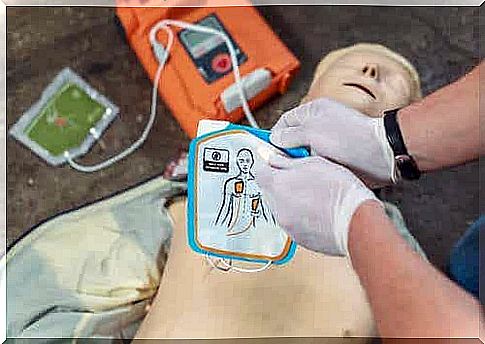
To perform CPR
Cardiopulmonary resuscitation consists of chest compression and ventilation. You need to be above the person to do chest compressions. Extend your arms and place your hands in the center of your chest.
Apply 30 rhythmic chest compressions vigorously and then breathe into the unconscious person’s mouth – breathe in the air vigorously. The protocol indicates alternating two ventilations and then follow up with chest compressions.
This is a simple but thorough maneuver. Therefore, rescuers should relieve each other and replenish their strength when doing chest compressions if there are any nearby. You can do someone a lot of good by learning how to do these maneuvers.


